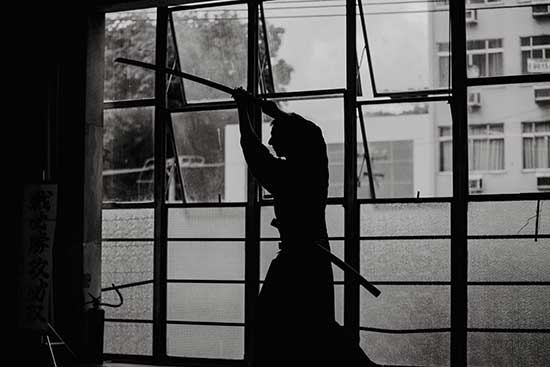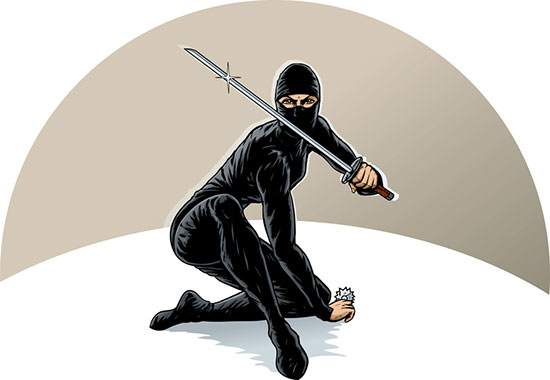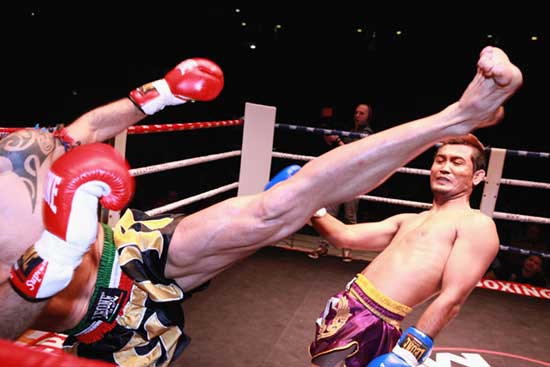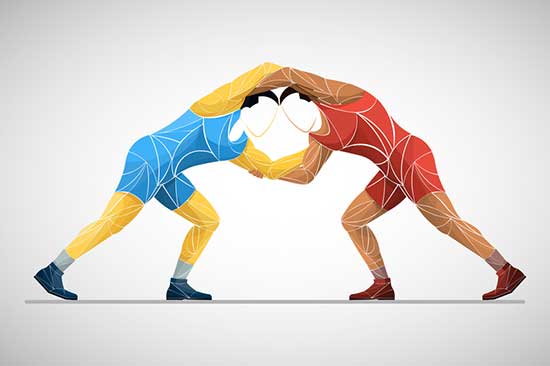When it comes to selecting a martial art to study, there are numerous options available. One martial art that often stands out is Hapkido, a Korean martial art that focuses on self-defense techniques.
With its unique blend of strikes, joint locks, and throws, Hapkido offers a comprehensive approach to self-defense.
However, whether Hapkido is a good martial art or not is a question that requires a more in-depth analysis. In this article, we will explore the strengths and weaknesses of Hapkido and evaluate its suitability for practitioners of all levels.
Contents
The Origins and Philosophy of Hapkido
Hapkido is a martial art that originated in Korea in the mid-20th century. It was created by Choi Yong-Sool, who synthesized techniques from various Korean and Japanese martial arts. Hapkido focuses on redirecting an opponent’s energy and using it against them.
The philosophy of Hapkido centers around the concept of circular motion and the principle of non-resistance.
Practitioners are encouraged to flow with the force of their opponents while maintaining control to neutralize or subdue attacks.
Strengths of Hapkido
1. Versatility
Hapkido is known for its versatility, making it suitable for self-defense in various situations. Unlike other martial arts that may specialize in specific techniques or scenarios, Hapkido encompasses a broad range of strikes, kicks, joint locks, throws, and pressure points.
This allows practitioners to adapt their techniques to different situations, making Hapkido effective in close-quarters combat as well as in standing or ground confrontations.
2. Self-Defense Focus
One of the main strengths of Hapkido is its practicality for self-defense. The techniques taught in Hapkido are designed to quickly neutralize a threat, providing practitioners with the skills needed to protect themselves effectively.
Hapkido places a strong point on countering and redirecting an attacker’s energy, rather than engaging in brute force. This approach enables smaller individuals to overcome larger and stronger opponents.
3. Joint Locks and Throws
Incorporating joint locks and throws sets Hapkido apart from many other martial arts. Joint locks can be highly effective in immobilizing an attacker, while throws can help practitioners gain control over their opponents.
These techniques leverage the principles of leverage, balance, and body mechanics to maximize efficiency and effectiveness.
By mastering joint locks and throws, Hapkido practitioners can quickly subdue an opponent without relying solely on strikes or kicks.
4. Comprehensive Training
Hapkido training encompasses a wide range of techniques, including striking, kicking, joint manipulation, falling, and rolling.
This comprehensive approach ensures that practitioners develop a well-rounded skill set and are equipped to handle different types of encounters.
By training in Hapkido, individuals can improve their overall physical fitness, flexibility, and coordination, in addition to acquiring effective self-defense skills.
5. Mental and Spiritual Development
Hapkido places importance on mental and spiritual development, not just physical techniques. Practitioners are encouraged to cultivate discipline, focus, and self-awareness.
Training in Hapkido can foster a calm and focused mindset, which can be beneficial for managing stress and improving overall mental well-being.
Learning the values of respect, humility, and perseverance through Hapkido can extend beyond the training mat and positively impact various aspects of life.
Weaknesses of Hapkido
1. Complexity and Skill Acquisition
Hapkido techniques can be complex and require a significant amount of time and effort to master. The diverse range of techniques, including joint locks and throws, demands precise execution and strategic timing.
Therefore, beginners may find it challenging to grasp the intricacies of Hapkido initially. However, with consistent practice and guidance from experienced instructors, these complexities can be overcome.
2. Limited Competitive Scene
Unlike some other martial arts such as Brazilian Jiu-Jitsu or Taekwondo, Hapkido has a relatively limited competitive scene.
This can be seen as a disadvantage for individuals seeking to participate in organized tournaments or competitions.
While Hapkido is primarily focused on self-defense, the absence of a well-established and widespread competitive circuit may limit opportunities for practitioners to test their skills against opponents from different backgrounds.
3. Physical Demands
Hapkido training can be physically demanding, requiring strength, flexibility, and endurance. The joint manipulation techniques, in particular, require a certain level of physical fitness and flexibility.
Beginners or individuals with pre-existing injuries may find it challenging to perform some techniques effectively.
However, proper warm-up routines, gradual progression, and guidance from knowledgeable instructors can minimize the risk of injuries and help improve physical capabilities over time.
Case Studies and Success Stories
Despite its weaknesses, there are numerous success stories and examples of the effectiveness of Hapkido in real-life situations.
One such case involved a Hapkido practitioner named Choi Yeong-Eui, who successfully defended himself against a knife-wielding assailant in South Korea.
His quick reflexes, precise joint locks, and throws allowed him to disarm and subdue the attacker without sustaining any injuries.
Another successful example is Grandmaster Ji Han-Jae, one of the most prominent figures in the history of Hapkido.
He has demonstrated the effectiveness of Hapkido through numerous demonstrations and challenges against practitioners of other martial arts. These successes serve as a testament to the practicality and efficacy of Hapkido techniques in real-world situations.
Conclusion
Hapkido offers a unique and comprehensive approach to self-defense, making it a good martial art for practitioners of all levels. Its versatility, focus on self-defense, and inclusion of joint locks and throws set it apart from other martial arts.
While Hapkido may have some limitations, such as its complexity and limited competitive scene, its strengths outweigh its weaknesses.
The mental and spiritual aspects of Hapkido training also contribute to personal development beyond physical skills.
Ultimately, the decision to study Hapkido as a martial art depends on the individual’s goals, preferences, and commitment to practice, but the benefits of Hapkido are undeniable.





